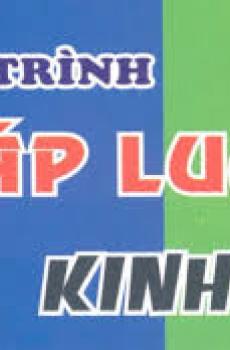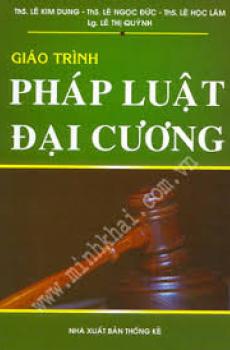Children's Internet Protection Act (CIPA) Ruling
Children's Internet Protection Act (CIPA) Ruling
Đăng nhập để đọc sách và tải về file pdf miễn phí
| Nhà xuất bản | Chưa rõ |
|---|---|
| Nhà xuất bản sách tiếp cận | Public domain |
| Năm xuất bản | 2004 |
| Coppy right | Chưa rõ |
I. Preliminary Statement
II. Findings of Fact A. Statutory Framework 1. Nature and Operation of the E-rate and LSTA Programs 2. CIPA a. CIPA's Amendments to the E-rate Program b. CIPA's Amendments to the LSTA Program B. Identity of the Plaintiffs 1. Library and Library Association Plaintiffs 2. Patron and Patron Association Plaintiffs 3. Web Publisher Plaintiffs C. The Internet 1. Background 2. The Indexable Web, the "Deep Web"; Their Size and Rates of Growth and Change 3. The Amount of Sexually Explicit Material on the Web D. American Public Libraries 1. The Mission of Public Libraries, and Their Reference and Collection Development Practices 2. The Internet in Public Libraries a. Internet Use Policies in Public Libraries b. Methods for Regulating Internet Use E. Internet Filtering Technology 1. What Is Filtering Software, Who Makes It, and What Does It Do? 2. The Methods that Filtering Companies Use to Compile Category Lists a. The "Harvesting" Phase b. The "Winnowing" or Categorization Phase c. The Process for "Re-Reviewing" Web Pages After Their Initial Categorization 3. The Inherent Tradeoff Between Overblocking and Underblocking 4. Attempts to Quantify Filtering Programs' Rates of Over- and Underblocking 5. Methods of Obtaining Examples of Erroneously Blocked Web Sites 6. Examples of Erroneously Blocked Web Sites 7. Conclusion: The Effectiveness of Filtering Programs
III. Analytic Framework for the Opinion: The Centrality of Dole and the Role of the Facial Challenge
IV. Level of Scrutiny Applicable to Content-based Restrictions on Internet Access in Public Libraries A. Overview of Public Forum Doctrine B. Contours of the Relevant Forum: the Library's Collection as a Whole or the Provision of Internet Access? C. Content-based Restrictions in Designated Public Fora D. Reasons for Applying Strict Scrutiny 1. Selective Exclusion From a "Vast Democratic Forum" 2. Analogy to Traditional Public Fora
V. Application of Strict Scrutiny A. State Interests 1. Preventing the Dissemination of Obscenity, Child Pornography, and Material Harmful to Minors 2. Protecting the Unwilling Viewer 3. Preventing Unlawful or Inappropriate Conduct 4. Summary B. Narrow Tailoring C. Less Restrictive Alternatives D. Do CIPA's Disabling Provisions Cure the Defect?
VI. Conclusion; Severability





